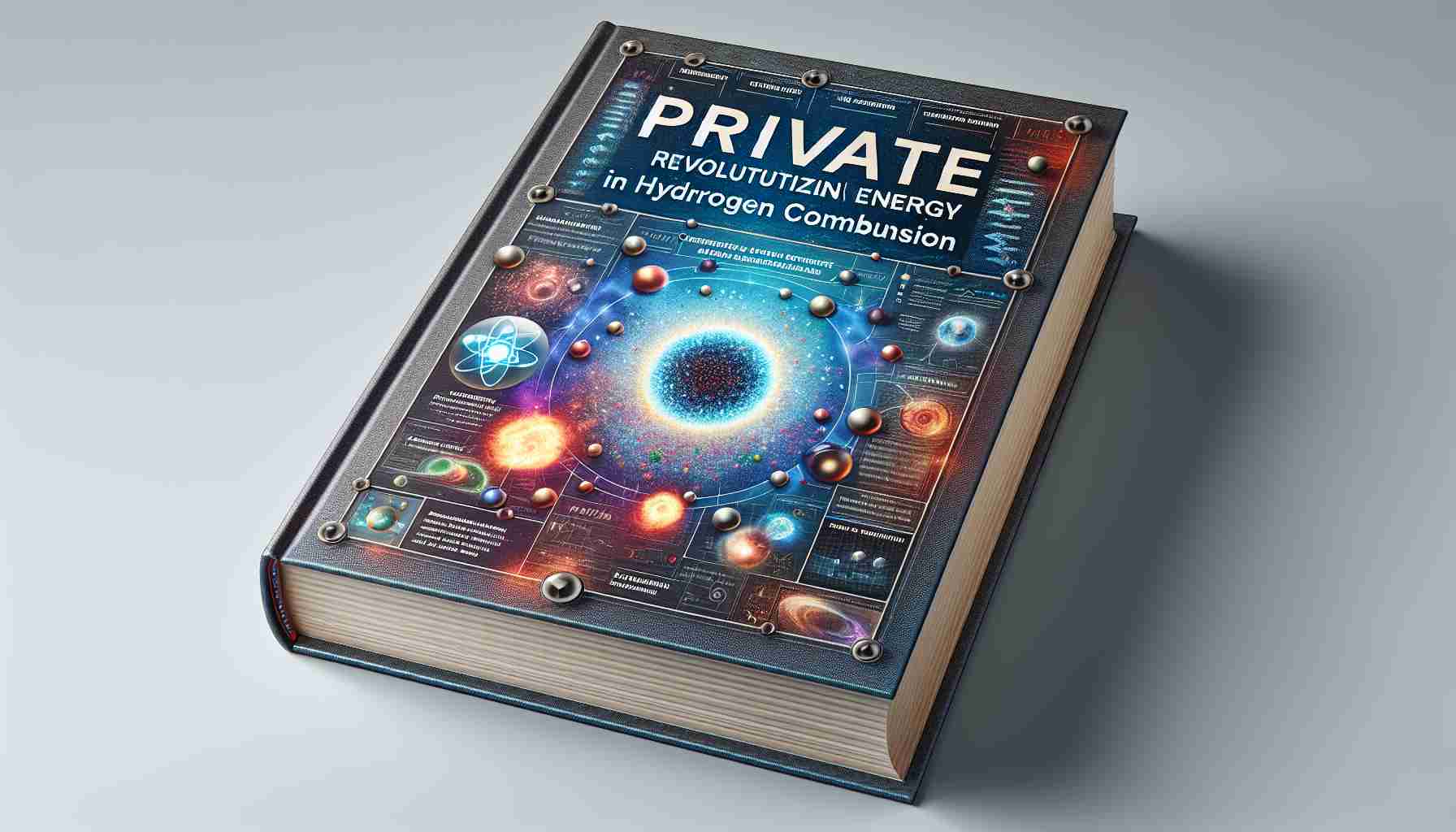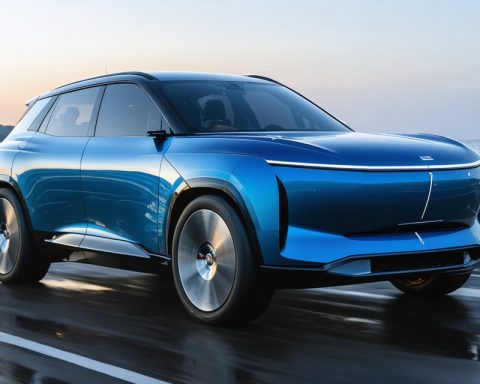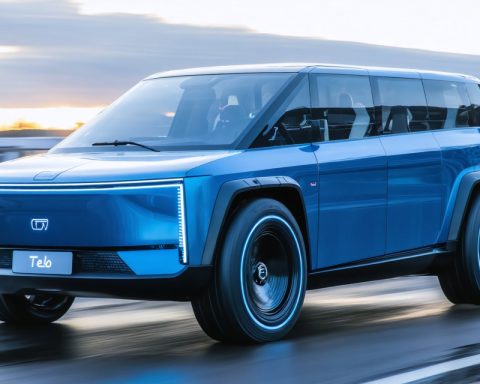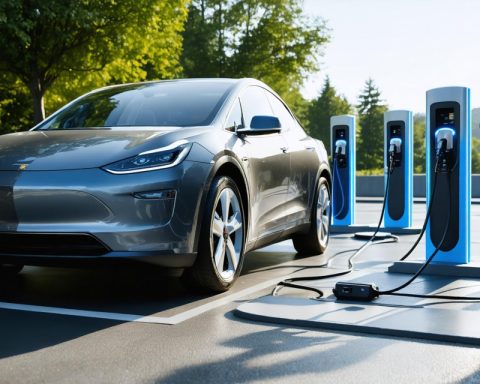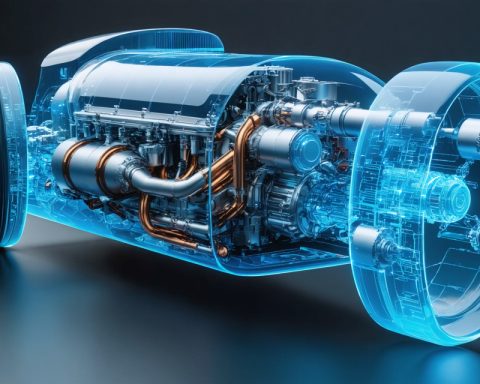GE Vernova’s Groundbreaking Innovation
GE Vernova has achieved a significant milestone by finalizing tests for its advanced Dry Low NOx (DLN) hydrogen combustion technology, tailored for B- and E-class gas turbines. The validation tests were conducted at the Global Technology Center located in Greenville, South Carolina, where remarkable results were obtained, showcasing the capability to operate on natural gas, hydrogen blends, and pure hydrogen with emissions below 25ppm NOx.
This innovative DLN system is set to be implemented in both new and existing gas turbines by next year. GE Vernova’s commitment to enhancing fuel flexibility has led to the successful operation of over 120 turbines worldwide, which have collectively generated more than 530 TWh of electricity during their extensive runtimes.
Engineering Challenges
The engineering team at GE Vernova has overcome substantial challenges to develop a combustion system that can reliably use 100% hydrogen. The tests confirmed impressive performance, effectively reducing flashback risks and maintaining low combustion noise even when fueled by hydrogen. This advancement holds crucial implications for industrial customers who require reliable energy solutions.
Advanced Micromixer Technology
At the core of this innovation is a micromixer-based fuel air pre-mixer that has been under research since 2005. The recent advancements have enabled the construction of a full-size DLN combustor prototype. The new hydrogen technology promises several advantages, including the elimination of water usage, enhanced efficiency, improved maintenance intervals, and significantly reduced NOx emissions, marking a pivotal step towards sustainable energy solutions.
Implications of GE Vernova’s Hydrogen Combustion Technology
The recent developments in GE Vernova’s hydrogen combustion technology are poised to have profound implications for both society and the global economy. As countries shift towards stricter environmental regulations and pursue net-zero emissions targets, innovations like the Dry Low NOx (DLN) system can play a critical role in decarbonizing energy production. With over 120 turbines already operational, each harnessing the power of hydrogen, the transition to sustainable energy sources could accelerate, paving the way for significant advancements in industrial practices that depend on reliable energy.
In terms of environmental impact, the ability to significantly lower NOx emissions below 25ppm contributes to improved air quality and public health outcomes. The transition to hydrogen can also curb reliance on fossil fuels, aligning with the commitments made under international climate accords like the Paris Agreement. Cleaner energy solutions directly correlate with reduced greenhouse gas emissions, fostering a more sustainable planet.
Looking ahead, future trends indicate that we will witness an increased investment in hydrogen as a versatile energy carrier. The technology’s scalability means that it can be integrated into existing infrastructures, thus minimizing costs and disruption. As more industries adopt this innovative combustion method, we could foresee an evolution in global energy consumption patterns that emphasizes resilience, efficiency, and sustainability, establishing a new norm in how energy is produced and consumed on a global scale. Overall, GE Vernova’s advancements mark a promising transition towards cleaner energy paradigms, with significant implications for our economy and environment.
Revolutionizing Energy: GE Vernova’s Hydrogen Combustion Breakthrough
GE Vernova’s Groundbreaking Innovation
GE Vernova is setting new standards in the energy sector with its finalized testing of advanced Dry Low NOx (DLN) hydrogen combustion technology designed for B- and E-class gas turbines. Conducted at the Global Technology Center in Greenville, South Carolina, these tests showcased the ability to operate on natural gas, hydrogen blends, and pure hydrogen, achieving emissions below 25ppm NOx. This remarkable achievement positions GE Vernova as a leader in the transition to cleaner energy solutions.
Key Features and Innovations
The DLN system is not only poised for integration into new gas turbine models but is also designed to retrofit existing units by next year. This flexibility is crucial for the global energy landscape, allowing operators to upgrade without full system replacements. Over 120 turbines equipped with this technology are already generating a combined total of over 530 TWh of electricity, emphasizing its scalability and impact.
Engineering Triumphs
The engineering team at GE Vernova encountered significant challenges developing a combustion system capable of reliably functioning on 100% hydrogen. The successful tests highlight a critical reduction in risks such as flashback while maintaining low combustion noise levels. This feat is vital for industrial sectors that require uninterrupted energy supply, ensuring that safety and efficiency go hand in hand.
Micromixer Technology: The Heart of Innovation
At the forefront of this technological advancement is the micromixer-based fuel-air pre-mixer, which has been in development since 2005. The latest advancements have culminated in the creation of a full-size DLN combustor prototype. Key advantages of this new hydrogen technology include:
– No Water Usage: An innovative approach that mitigates water concerns often associated with other energy technologies.
– Enhanced Efficiency: Optimized combustion processes result in better energy output with lower fuel input.
– Improved Maintenance Intervals: Reduced wear and tear lead to longer operational lifespans between maintenance.
– Substantially Lower NOx Emissions: A pivotal factor for industries aiming to minimize their environmental impact.
Pros and Cons
Pros
– Environmental Benefits: Reduced emissions and reliance on fossil fuels.
– Adaptability: Can be applied to both existing and new turbine systems, facilitating easier transitions for energy providers.
– Efficiency and Reliability: Enhanced performance metrics offer a dependable energy source.
Cons
– Initial Costs: Retrofitting existing systems with DLN technology may involve significant upfront investment.
– Development Time: Extensive R&D phases could delay widespread implementation.
Trends in Hydrogen Energy
The growing trend towards hydrogen as a fuel source aligns with global efforts to reduce carbon footprints and transition to renewable energy systems. As industries focus on sustainability, technologies like GE Vernova’s DLN will play a crucial role in this transformation.
Predictions for the Future
As regulatory frameworks and market dynamics shift towards cleaner energy, predictions suggest that hydrogen-based solutions, particularly those developed by GE Vernova, are likely to gain traction in various industrial applications. With the technology expected to launch in the upcoming year, early adopters might benefit from significant operational efficiencies and enhanced market competitiveness.
Conclusion
GE Vernova’s innovative hydrogen combustion technology is pioneering a new era in energy generation. By overcoming engineering challenges and leveraging advanced micromixer technology, GE Vernova is not just responding to current energy needs but is also setting the stage for a sustainable, hydrogen-powered future. As industries increasingly adopt these solutions, they will play a vital role in shaping a cleaner, more reliable energy landscape.
For more insights into GE Vernova’s innovations, visit GE’s official website.
